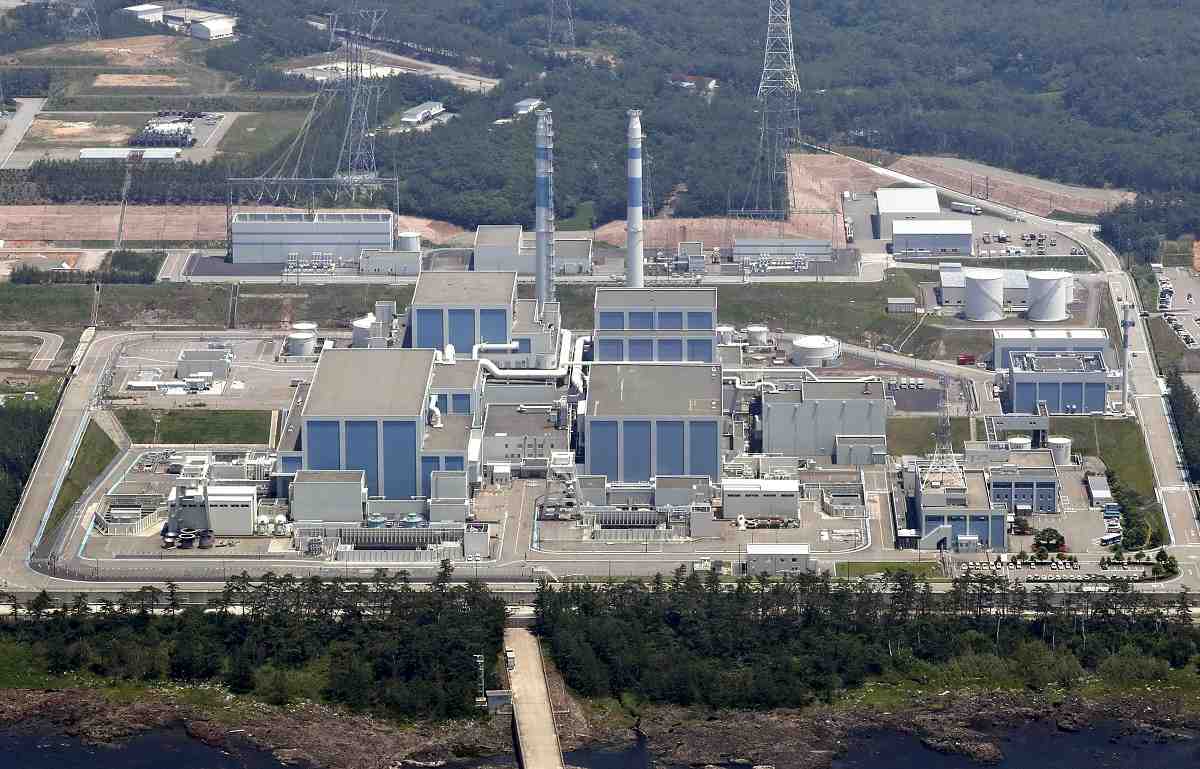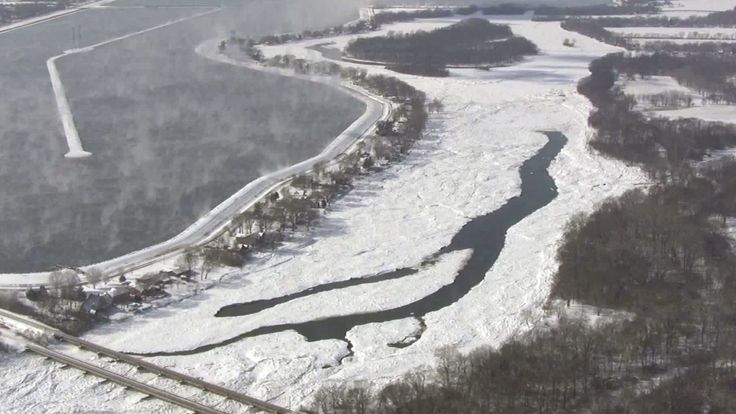
In the aftermath of the massive earthquake that shook Japan on Monday, the Shika nuclear power plant in Ishikawa province is grappling with a significant rise in water levels, presenting a series of challenges for the facility. Managed by the Hokuriku Electric Power Company, the plant, which employs seawater for cooling purposes, experienced a three-meter surge in water levels, prompting concerns and intensifying the complexity of recovery efforts.
Unprecedented Events Unfold:
The earthquake, registering a magnitude of 7.6, struck Ishikawa province at around 4.10 p.m. on Monday, with its epicenter located in the Noto region, where the Shika nuclear power plant is situated. Although the two reactors at the facility were already offline when the tremor occurred, the surge in seawater levels has created new complications for the operators.
Water Level Surge and Cooling Systems:
Hokuriku Electric Power Company reported that between 5.45 p.m. and 6 p.m. on Monday, the seawater level at the plant’s intake spot was three meters higher than usual. This rise, reaching 9.8 feet, is a cause for concern as the plant relies on seawater for cooling its systems. The unusual water levels pose a challenge to the delicate balance required for the safe operation of a nuclear facility.
Structural Impact on Protective Measures:
The earthquake’s impact on the Shika nuclear power plant extends beyond water levels. A four-meter-high seawall installed to protect the No.1 reactor was found to be tilting by several centimeters, indicating potential structural damage. The integrity of such protective measures is critical for preventing environmental contamination and ensuring the safety of the surrounding areas.
Electrical Breakdown and Oil Leaks:
Compounding the challenges, the earthquake led to a breakdown in electricity supplies to the plant. The infrastructure sustaining the facility’s essential systems was compromised, with transformers supplying electricity from outside the plant suffering damage. This damage resulted in oil leaks, further complicating the recovery process and posing additional environmental risks.
Rescue and Recovery Efforts:
Amidst the technical challenges, the Hokuriku Electric Power Company is actively engaged in restoring the plant’s critical systems. Efforts are underway to retrieve leaked oil and ensure a stable and secure supply of electricity to essential equipment. The urgency of these tasks is heightened by the need to maintain safety protocols and prevent potential hazards associated with nuclear facilities.
Humanitarian Crisis and Ongoing Impact:
Beyond the operational challenges at the Shika nuclear power plant, the earthquake has taken a devastating toll on human life and infrastructure. At least 64 people have been declared dead, and many remain trapped inside collapsed buildings. Several areas are still cut off, leaving tens of thousands without electricity. The aftermath of this natural disaster underscores the intertwined challenges of nuclear safety and humanitarian crises.
The Shika nuclear power plant’s experience in the wake of Japan’s recent earthquake highlights the intricate balance that must be maintained in the operation of nuclear facilities. As recovery efforts continue, the situation underscores the vulnerability of such critical infrastructure to natural disasters and the importance of comprehensive safety measures. The incident serves as a reminder of the need for ongoing advancements in both technology and disaster preparedness to mitigate the impact of such events on nuclear facilities and the communities they serve.







